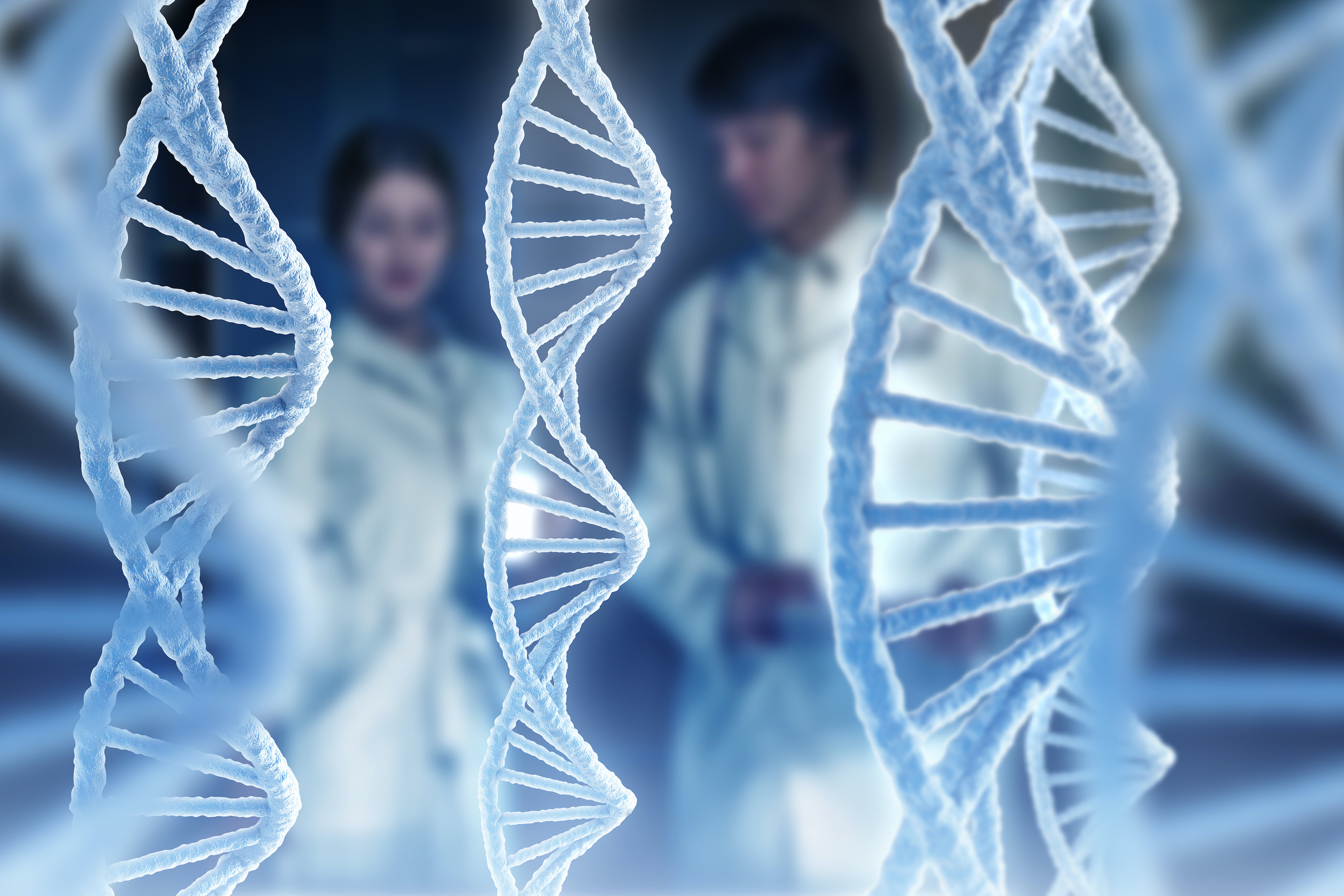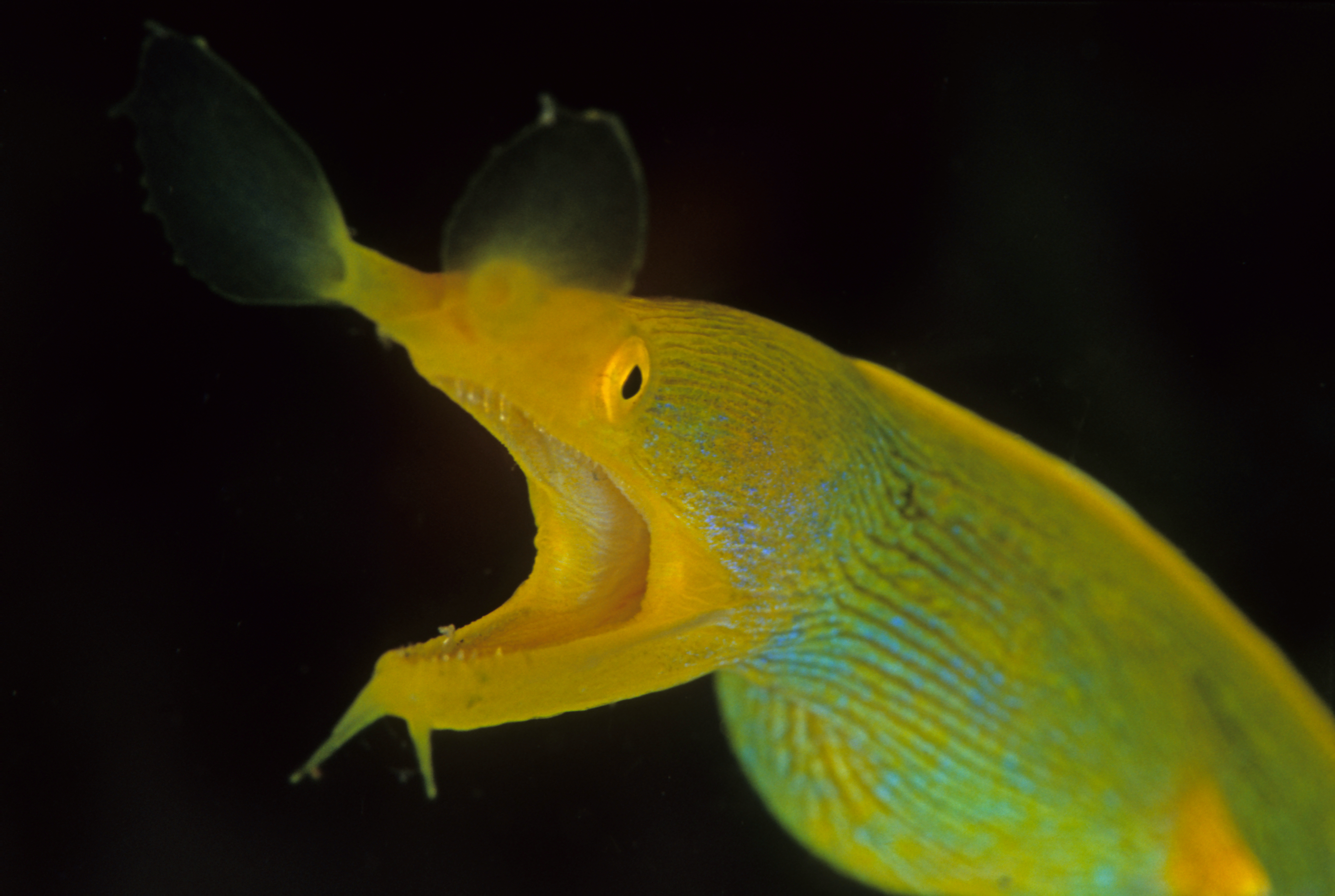Wherever we look in animals – and these may be insects, or mammals, or humans – there are widespread sex differences that extend beyond what we may initially consider. In mammals, most of the research on sex differences has concerned reproductive systems, anatomical differences and, to some extent, differences in the brain. This is very controversial research, when people look at human male and female brains. Looking beyond those places, we find evidence for sex differences pretty much everywhere on multiple levels. For example, the kind of genes a cell expresses: whether it’s the cells in our intestinal lining, liver cells or nerve cells, they will all express different genes in males and females.
Sex differences, diversity and equality
Professor of Genetics and Physiology
- Sex differences include the genes a cell expresses; there are male guts and female guts.
- Although some scientists believe that nurture overrides biologically determined sex differences, the distinction between nature and nurture is not clear.
- Diversity in traits is usually desirable because different traits are useful in different environments.
Sex differences are widespread

Photo by Sergey Nivens
Reproductive and non-reproductive functions
Historically, the assumption would be that many of these sex differences are to do with reproduction and reproductive strategies. That is indeed the case, and that’s what we’re finding. Even with our research in the gastrointestinal tract, we’re finding that male and female intestines are different. Many of these differences are to sustain reproductive output. So male and female flies or male and female mice will have different needs reproductive-wise, such as different nutritional needs. The gastrointestinal tract will adapt to those nutritional needs to deliver the kind of nutrients that the progeny will require.
Do sex differences also serve non-reproductive functions? That’s something that we’re beginning to explore, and I think the answer would probably be yes. There’s another question – a more difficult question that goes way beyond, research. But I think it’s a relevant question. As a woman in science, I also feel that it’s a question that we somehow need to address: do these sex differences matter for our society? As humans, we acknowledge that males and females are different. That’s something that is actually not widely acknowledged by the entire scientific community for reasons that we can discuss. But if we acknowledge that these differences exist, do they matter further away from a social perspective? And what do we do about them, how we deal with them as a society?
Describing sex differences
There are many layers in which we should consider sex differences. If you start from cells, as arguably the smallest functional unit, we are finding sex differences there. If we take human embryonic stem cells, we differentiate them. We make them turn into a particular cell type, and we look at the male ones. So those derived from males and those derived from females are different. We can catalogue those differences and we can describe those differences.
When these cells come together as tissues, say, an intestinal tube, that tissue is also different. So there are male guts and female guts. When you consider this three-dimensionally or at the level of the whole organism, there are differences, too. Now, I think that the tricky bit is to move from individual organisms to communities. That’s where it becomes controversial and where it becomes difficult, partly because what we normally describe as culture or nurture begins to interact with what we have so far only considered biology.
A false dichotomy
I think that dichotomy is a false dichotomy. It’s really difficult to separate nature from nurture because nurture will also be biologically encoded in some way. I think quite a few scientists would be happy with the idea that there are sex differences up to the individual level, and males and females are different in some ways, for example, in the way they reproduce. But equally, quite a few scientists would favour the idea that nurture overrides all these sex differences that are biologically determined.
I am not sure I agree with that idea. To me, it is not a particularly relevant discussion either, because I don’t see nature and nurture as two separate entities. In the end, I don’t think it’s particularly relevant to establish whether males and females differ and in what way. I think when we reach these kinds of societal issues, what we need to consider is that equality and diversity are two very different things.
Acknowledging diversity

Photo by wavebreakmedia
You can have equality while having diversity. This diversity will be controlled by biology or by nurture. There might be overlaps and differences between males and females just as there are between tall and short people. There’s nothing particularly challenging or scary about acknowledging diversity of all sorts of traits.
An important consideration when we consider differences is also to consider trade-offs. What I mean by that is that a particular trait that we value may be useful in our particular environment, but as soon as that environment changes, that trait may not be a particularly desirable trait. Therefore, I find it a lot more desirable to have diversity, because that means you have many traits, and these traits may be useful in particular situations and not in others.
Why diversity in traits is useful
In a way, the pandemic is a good example of this. For example, look at how we run countries and what we want our leaders to look like and behave like. We have this notion in our head that we want these strong leaders with a vision and confidence, who are going to take us somewhere. That’s how we elect our governments and that’s how we think we want to be led.
Yet I think this pandemic has shown that there’s a big difference between confidence and competence. What we should aspire to is to have some of our leaders be competent leaders, for example. Maybe in our definition or mindset we have underestimated those qualities. Now, when there’s an external challenge, the external challenge being the pandemic, we realise that having this very narrow definition of leadership is not particularly helpful.
Going back to the sex differences, these might be because of biological or environmental or societal reasons; they might be traits that are differentially represented between the sexes. Maybe trait A is more prevalent amongst males and trait B is more prevalent amongst females. I don’t particularly care whether this has happened as a result of biology or genetic factors, or whether it has happened as a result of societal expectations. The fact is, this trait might be differentially represented between males and females. We probably want a bit of both because we want to increase representation of all the traits, so that we can have a more robust and resilient leadership and society as a whole.
Masculinised or feminised cells
Historically, there are two ways to impart sex differences. One is what we call intrinsic to the cells. So these are genes that may be turned on and off differentially within cells, depending on whether they’re male or female. And they will impart some sort of sexual fate onto these cells. Historically, that was believed to be mainly the case in flies and insects, for example. They would have this kind of very intrinsic sex determination programme.
Then we go to the other end of the spectrum, and we considered ourselves, for example, or we considered mice, and the whole field was really dominated by hormones. You and I are different because I have oestrogen. You have testosterone. Then, it’s a little bit more complicated because both males and females have oestrogen and testosterone. But in any case, it was all about hormones, so my organs may be functioning in a female way and your organs may be functioning in a male way because they’re exposed to different sex hormones.
What we’re learning both in flies but also in mammals, possibly including humans, is that sexual fate is a combination of the two. You can have intrinsic programmes that masculinise your cells or feminise your cells. Those will co-exist with extrinsic signals that will also make them female or male.
Determining sexual fate

Photo by Myrddin_Emrys
Overall, I think that this programme is a genetic programme and possibly even an environmental programme. There is evidence in some species that there’s a third input into sexual fate, which is an extrinsic input. So some fish can change sex depending on their environment. That kind of dimension has been under-explored in other species. And it probably doesn’t play a huge role, but it’s potentially something that could be modulating more subtle aspects of sexual fate.
The question is, how are these all integrated while, at the end, you end up with a binary sexual fate, male or female? And is it really binary? I think there is indeed some integration in that there are still mainly binary outputs from all these kinds of inputs. But there’s still a lot of room for plasticity and for uncoupling some of these inputs. So in some ways, when we think about sexual fate, we should not see it as a necessarily static fate or as something that is only A or B. But it could be a range of masculinity or femininity within your cells that affects some features and not others.
Discover more about
sex differences
Hudry, B., de Goeij, E., Mineo, A., et al. (2019). Sex differences in intestinal carbohydrate metabolism promote food intake and sperm maturation. Cell, 178(4), 901–918.
Hudry, B., Khadayate, S., & Miguel-Aliaga, I. (2016). The sexual identity of adult intestinal stem cells controls organ size and plasticity. Nature, 530, 344–348.